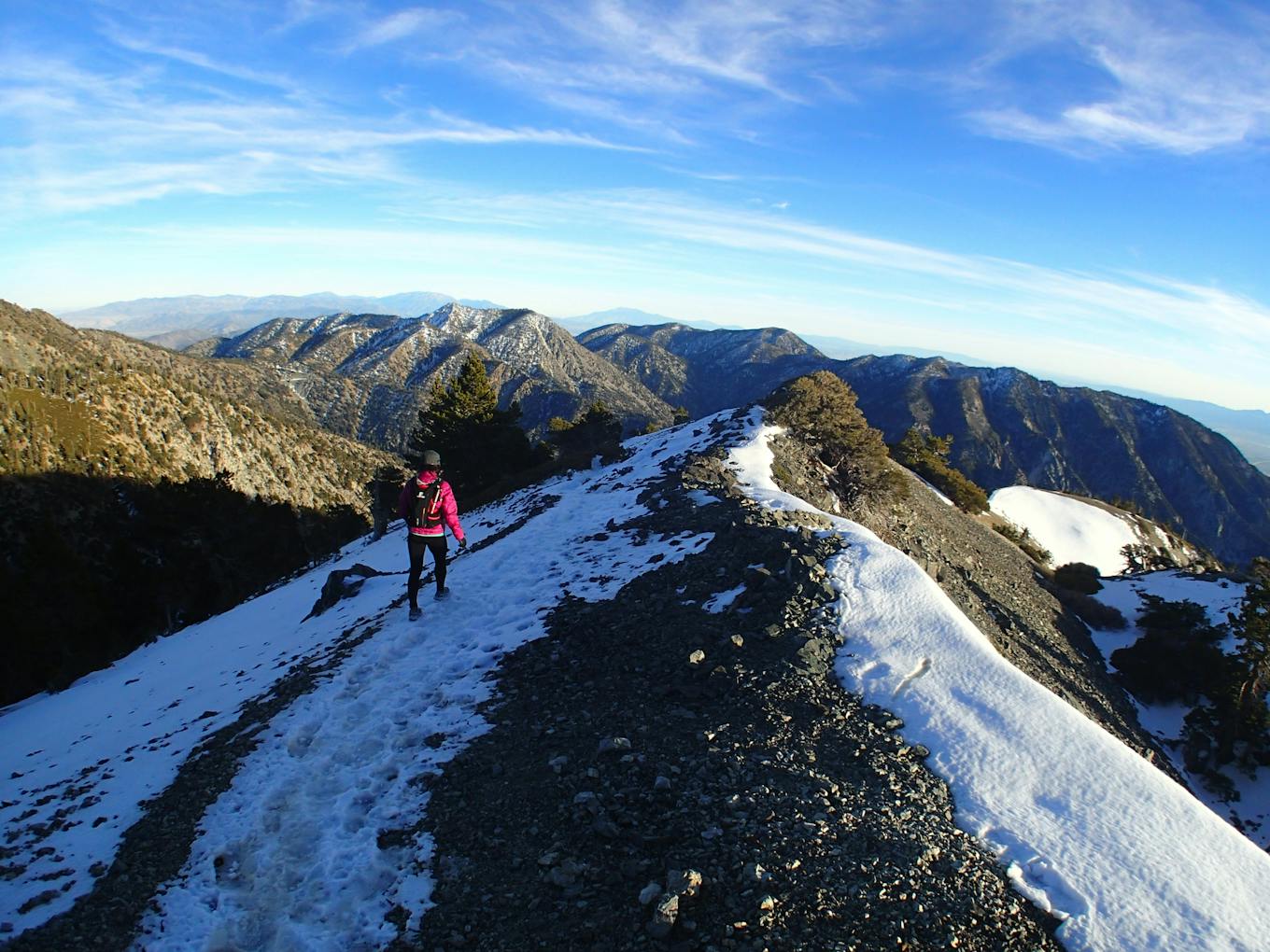
The San Gabriel Mountains are located in Southern California, to the northeast of Los Angeles. They stretch across Los Angeles County, San Bernardino County, and a small portion of Kern County. The highest peak in the range is Mount San Antonio, also known as Mount Baldy, which reaches an elevation of 10,064 feet (3,068 meters). The San Gabriel Mountains offer numerous recreational opportunities, including hiking, camping, and skiing during the winter months.


The San Gabriel Mountains have existed for millions of years, formed through geological processes over a long period of time. They were not created in a single year. The mountain range is part of the Transverse Ranges, which began forming around 25 million years ago due to the complex tectonic activity along the San Andreas Fault and other regional faults.
So, the San Gabriel Mountains have been around for a very long time, and their formation is an ongoing geological process.




The San Gabriel Mountains were not invented by any individual or group of people. Instead, they are a natural geological feature that formed over millions of years through tectonic processes and erosion. The mountains were shaped by the movement of the Earth's crust along faults and by the erosive forces of water, wind, and ice.
So, the San Gabriel Mountains are a product of natural geological processes rather than being invented by humans.


The San Gabriel Mountains are named after the Mission San Gabriel Arc√°ngel, one of the Spanish missions established in California during the late 18th century. The mission was founded in 1771 by Spanish Franciscan friars and was dedicated to the Archangel Gabriel.
The mountains received their name from the mission, which played a significant role in the history and settlement of the region. The mission was an important center for Spanish colonial activities and served as a base for spreading Christianity and Spanish culture in California.
Over time, the name "San Gabriel" became associated with the nearby mountains, reflecting the historical and cultural significance of the mission in the area.



The San Gabriel Mountains can indeed be hiked year-round, but the best time for hiking depends on personal preferences and the specific activities you have in mind.
Spring (March to May) and fall (September to November) are generally considered the best seasons for hiking in the San Gabriel Mountains. During these times, the weather is usually mild, with comfortable temperatures and less chance of extreme heat or cold. The mountains come alive with blooming wildflowers in the spring, adding to the scenic beauty of the trails.
Summer (June to August) can be quite hot in the San Gabriel Mountains, especially at lower elevations. If you plan to hike during the summer months, it's best to choose higher elevation trails where temperatures are cooler. Additionally, be prepared for afternoon thunderstorms, which are common during the summer in mountainous areas.
Winter (December to February) brings snow to the higher elevations of the San Gabriel Mountains, offering opportunities for snowshoeing and winter hiking. However, some trails may be inaccessible due to snow and icy conditions, so it's essential to check trail conditions and be prepared with appropriate gear.
No matter the season, it's crucial to check weather forecasts and trail conditions before heading out for a hike in the San Gabriel Mountains. Always be prepared with adequate clothing, water, food, and navigation tools, and remember to leave no trace by packing out all trash and respecting wildlife and natural habitats. With proper planning and preparation, the San Gabriel Mountains offer fantastic hiking experiences year-round!







The San Gabriel Mountains can indeed be hiked year-round, but the best time for hiking depends on personal preferences and the specific activities you have in mind.
Spring (March to May) and fall (September to November) are generally considered the best seasons for hiking in the San Gabriel Mountains. During these times, the weather is usually mild, with comfortable temperatures and less chance of extreme heat or cold. The mountains come alive with blooming wildflowers in the spring, adding to the scenic beauty of the trails.
Summer (June to August) can be quite hot in the San Gabriel Mountains, especially at lower elevations. If you plan to hike during the summer months, it's best to choose higher elevation trails where temperatures are cooler. Additionally, be prepared for afternoon thunderstorms, which are common during the summer in mountainous areas.
Winter (December to February) brings snow to the higher elevations of the San Gabriel Mountains, offering opportunities for snowshoeing and winter hiking. However, some trails may be inaccessible due to snow and icy conditions, so it's essential to check trail conditions and be prepared with appropriate gear.
No matter the season, it's crucial to check weather forecasts and trail conditions before heading out for a hike in the San Gabriel Mountains. Always be prepared with adequate clothing, water, food, and navigation tools, and remember to leave no trace by packing out all trash and respecting wildlife and natural habitats. With proper planning and preparation, the San Gabriel Mountains offer fantastic hiking experiences year-round!